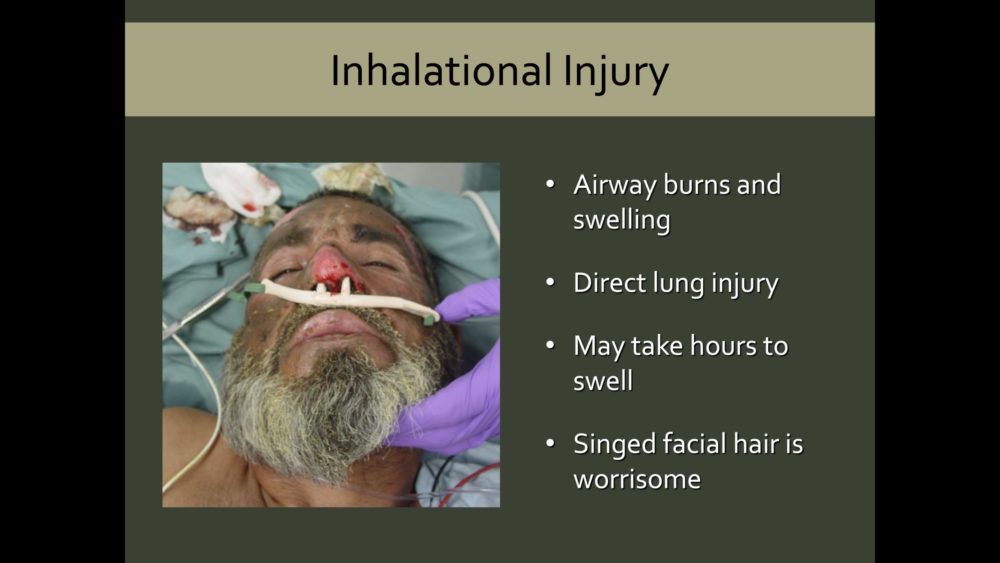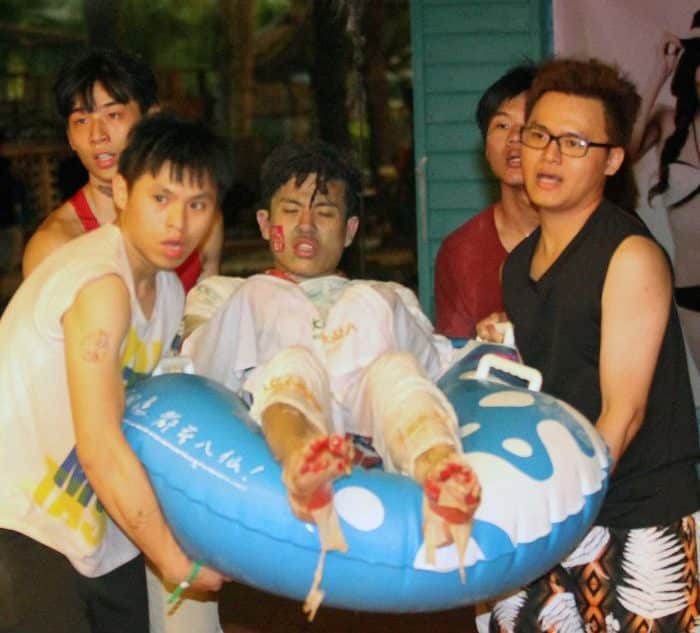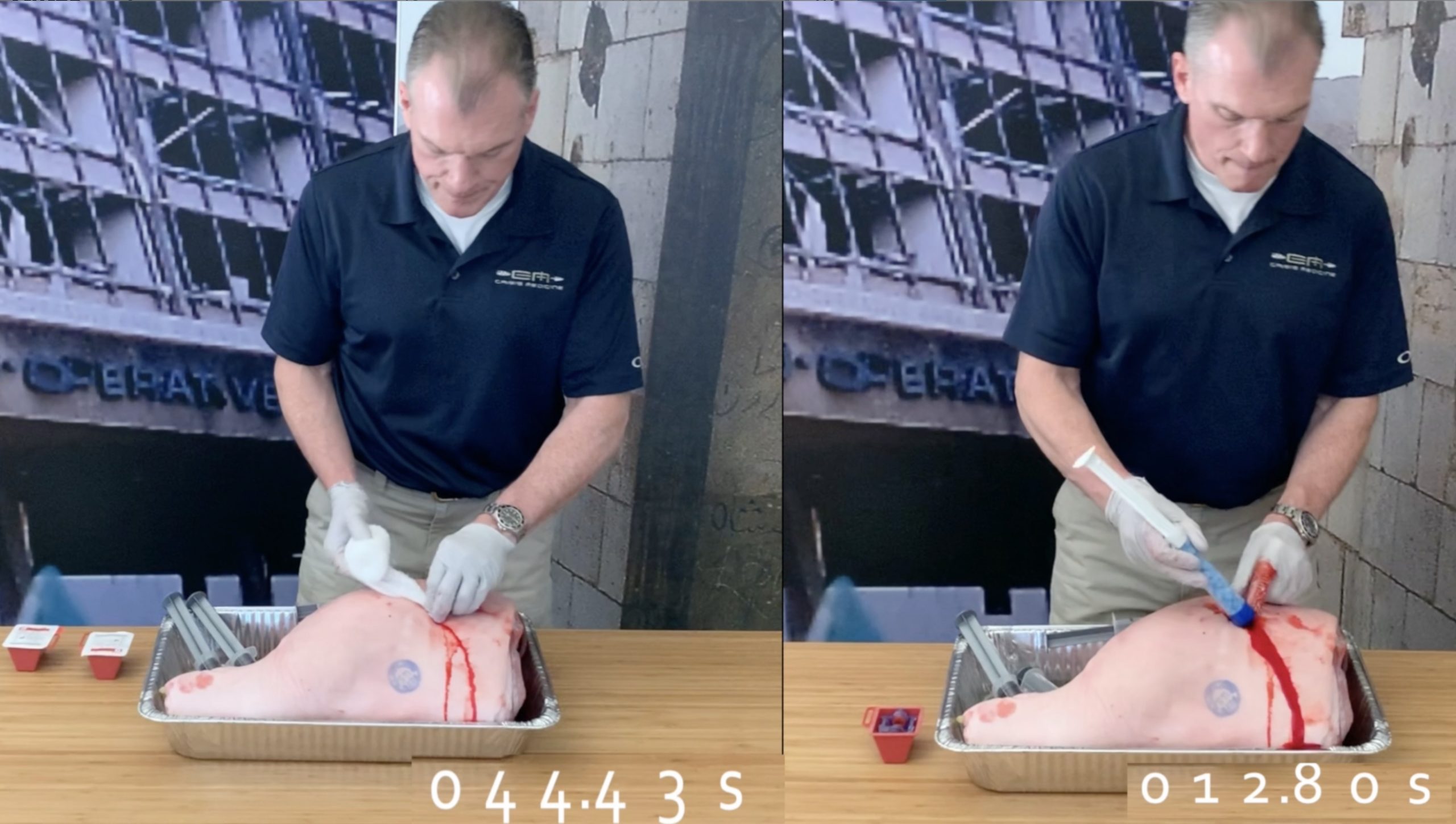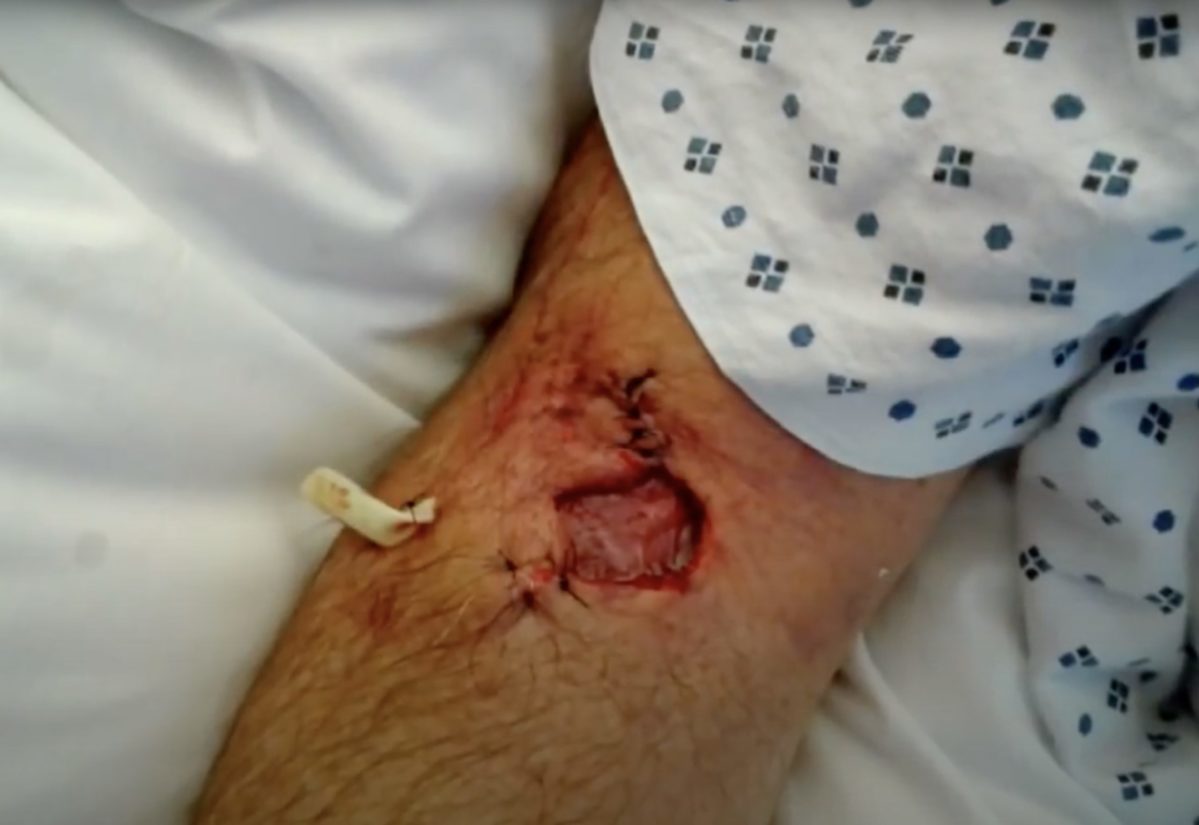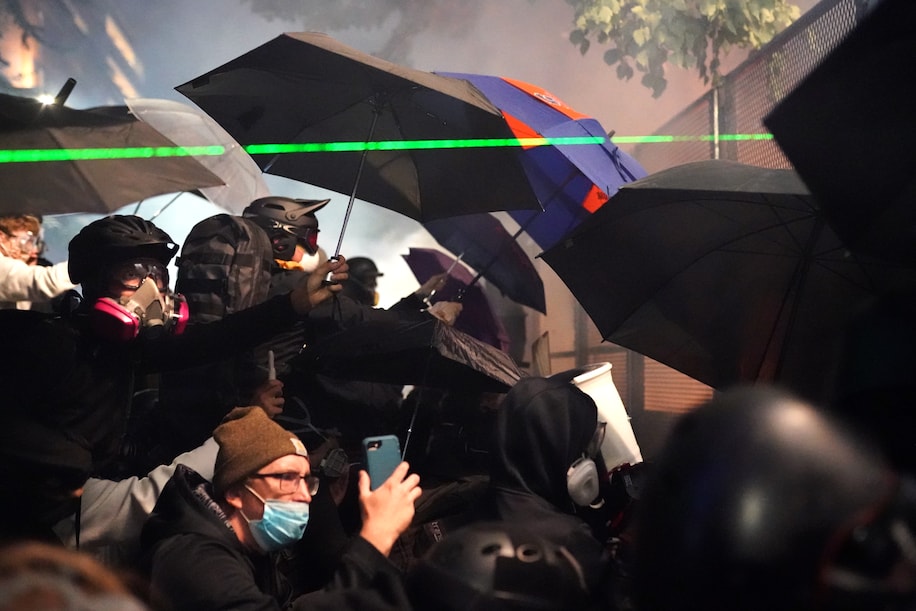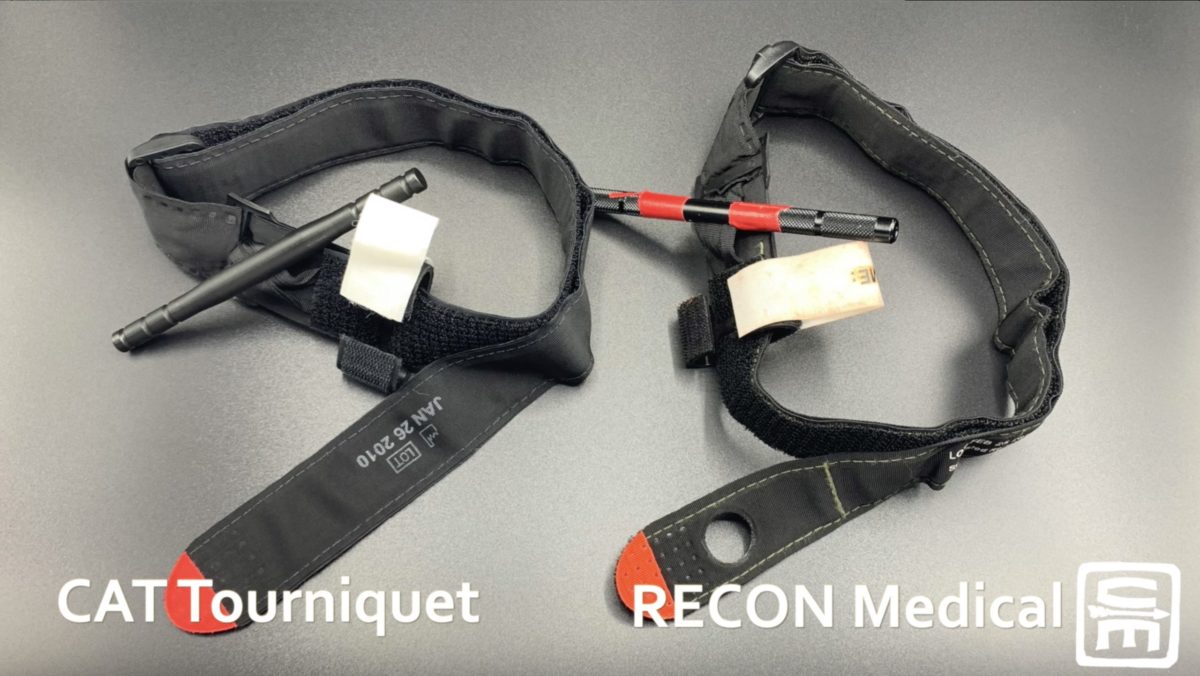Airway control remains the top priority for field treatment of burn casualties.1 🕖 Reading Time, 4 minutes Hypovolemic and distributive shock can occur in burned patients but they are usually a late consequence. An inhalational burn injury can double a …
In 2015, 499 burn casualties occurred from a fire that broke out at the Formosa Fun Coast Park in Taiwan. 🕖 Reading Time, 3 minutes A “color party” was occurring with 6,000 participants in an empty swimming pool while colored …
🕖 Reading Time, 1 minutes Kerlix Gauze packing can generate up to 197 mmHg at the bottom of the wound and 45 mmHg on the sides. Xstat can generate 156 mmHg and 123 mmHg respectively. Although it’s unclear XSTAT is …
🕖 Reading Time, 4 minutes Hidden away on the Oregon Coast, the Sea Lion Caves is a 12-story high sea cave that is the largest in the world, as identified by the Guinness Book of World Records. The cave is …
🕖 Reading Time, 4 minutes As both national and international attention has been focused on the violence in Portland, Oregon, one unique injury pattern suffered by LEO has emerged: intentional laser eye injuries. As an example of their ability to …
🕖 Reading Time, 4 minutes In concept, any non-elastic material wrapped circumferentially around a limb and tightened should be able to generate enough pressure to occlude arterial flow and act as a tourniquet. Although there are numerous tourniquets on the …

